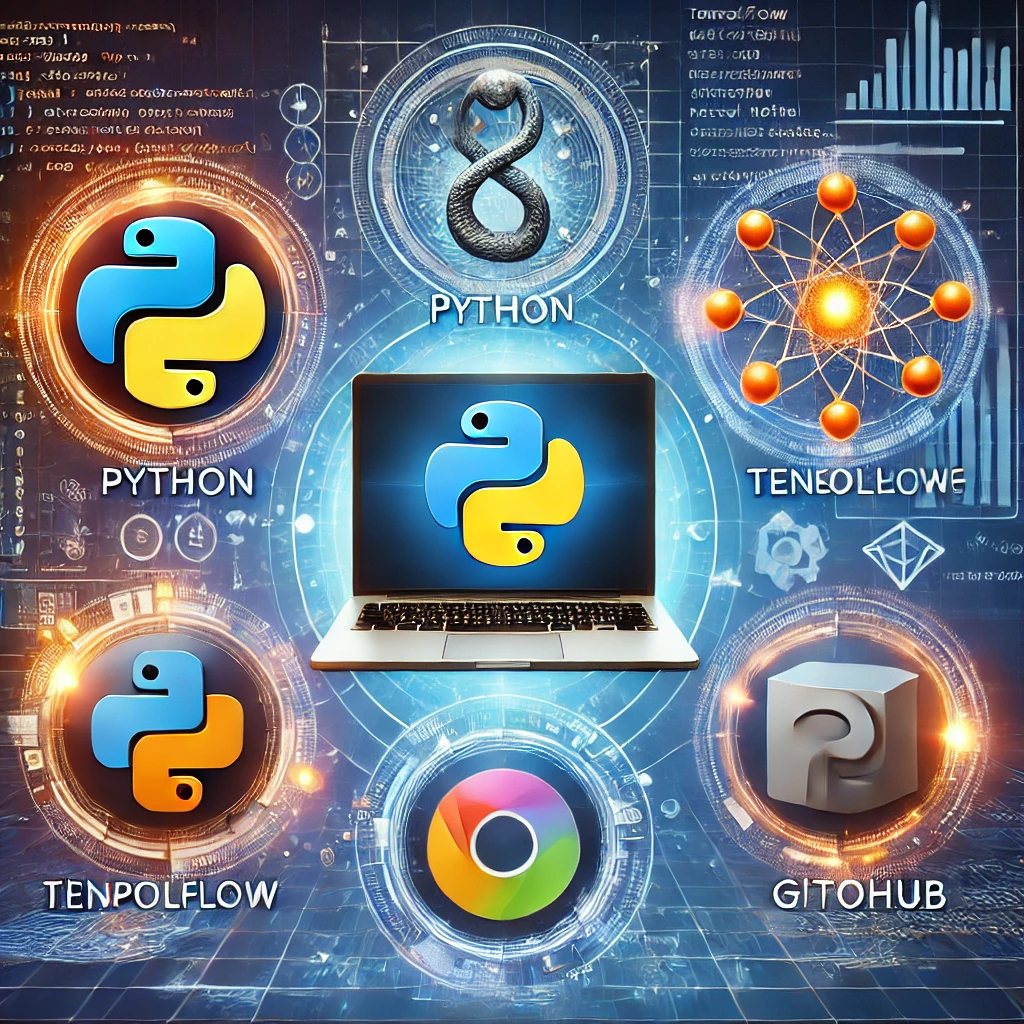The field of data science is constantly evolving, and with it comes a plethora of tools designed to help data scientists extract insights, build models, and deliver results faster and more accurately. In 2024, the landscape continues to grow, and certain tools stand out for their flexibility, ease of use, and capabilities in handling complex data tasks. Here’s a review of the top five tools that can significantly aid data scientists in their work.
1. Jupyter Notebooks
Overview: Jupyter Notebooks remain one of the most widely used tools among data scientists in 2024. Its ability to combine code, visualizations, and markdown in a single interactive document has made it essential for experimentation, documentation, and sharing of results.
Why It’s Popular:
- Interactive Environment: Write code, visualize data, and document your findings all in one place.
- Language Flexibility: Support for multiple programming languages, including Python, R, and Julia.
- Widespread Integration: Jupyter is compatible with numerous libraries and frameworks, making it easy to use in any part of the data science pipeline.
New Features in 2024:
- Real-time Collaboration: Similar to Google Docs, Jupyter now supports real-time collaboration for teams.
- Enhanced Visualization Support: Improved support for libraries like Plotly, Bokeh, and Altair has made it easier to create interactive and complex visualizations.
2. Google Cloud Vertex AI
Overview: Google Cloud’s Vertex AI has rapidly become a go-to platform for deploying machine learning models at scale. Offering a seamless integration with Google’s powerful cloud services, Vertex AI enables data scientists to build, train, and deploy ML models with ease.
Why It’s Popular:
- End-to-End Platform: Everything from data labeling, training, model deployment, to monitoring is handled in one ecosystem.
- AutoML: It simplifies model training by automating feature engineering, model selection, and hyperparameter tuning.
- Integration with TensorFlow and PyTorch: Works seamlessly with popular frameworks, allowing data scientists to switch between custom and AutoML models easily.
New Features in 2024:
- Multimodal Learning: Vertex AI now supports multimodal models, enabling data scientists to build models that can process different types of data, such as images and text, simultaneously.
- Improved Explainability: Enhanced tools to understand model behavior and make AI models more transparent.
3. Databricks Lakehouse Platform
Overview: Databricks, known for its collaboration with Apache Spark, has been evolving its unified platform, the Lakehouse. It combines the best aspects of data lakes and data warehouses, making it an excellent tool for both data engineering and data science.
Why It’s Popular:
- Unified Analytics Platform: Combines ETL, analytics, machine learning, and business intelligence in one place.
- Delta Lake: Provides reliable data lakes with ACID transactions, ensuring data reliability and reducing ETL failures.
- Collaborative Workflows: Allows data scientists to work closely with data engineers and analysts in a unified environment.
New Features in 2024:
- AI-Powered Data Cleaning: Automatic identification and fixing of data quality issues using machine learning.
- Faster Processing: Integration of GPU-accelerated compute resources for even faster big data processing and model training.
4. DataRobot
Overview: DataRobot remains a leader in the automated machine learning (AutoML) space. This platform enables data scientists to quickly build and deploy predictive models without writing extensive code, making it a favorite among professionals who want rapid results.
Why It’s Popular:
- AutoML for All Levels: Supports both novice and experienced data scientists by automating many of the complex steps in the model-building process.
- Model Transparency: Offers a full audit trail, ensuring that even automated models can be easily interpreted and explained.
- Deployment Speed: Models can be deployed to production environments in just a few clicks.
New Features in 2024:
- Time Series Enhancements: Improved handling of time series data, with better support for seasonality, trend analysis, and anomaly detection.
- Model Stacking: Automatic model stacking has been optimized, allowing for even better predictive accuracy by combining the strengths of multiple models.
5. Snowflake Data Cloud
Overview: Snowflake has become a popular tool for data storage and analytics, especially in cloud environments. Its Data Cloud platform offers a scalable, secure, and highly performant environment for managing large volumes of structured and unstructured data.
Why It’s Popular:
- Seamless Data Sharing: Snowflake’s architecture allows for efficient data sharing across teams and organizations without duplicating data.
- Scalability: Can easily scale to handle petabytes of data with virtually no performance degradation.
- Integration with Popular Tools: Works well with data science libraries, SQL, and data visualization tools such as Tableau and Power BI.
New Features in 2024:
- Machine Learning Integration: Snowflake now provides tighter integration with machine learning platforms like SageMaker, allowing models to be trained directly within the platform.
- Native Python Support: Snowflake now supports Python as a first-class citizen, making it easier for data scientists to write custom data pipelines directly within the environment.
Conclusion
In 2024, data scientists are empowered by tools that not only help with model building and data wrangling but also foster collaboration and efficiency across teams. Whether you’re working in an enterprise setting or as part of a small team, these five tools—Jupyter Notebooks, Google Cloud Vertex AI, Databricks Lakehouse, DataRobot, and Snowflake—can help streamline workflows, improve model accuracy, and accelerate time to insight.
With these tools in hand, data scientists can focus more on innovation and less on technical roadblocks, setting the stage for continued advancement in the field.
[SEO optimized]
